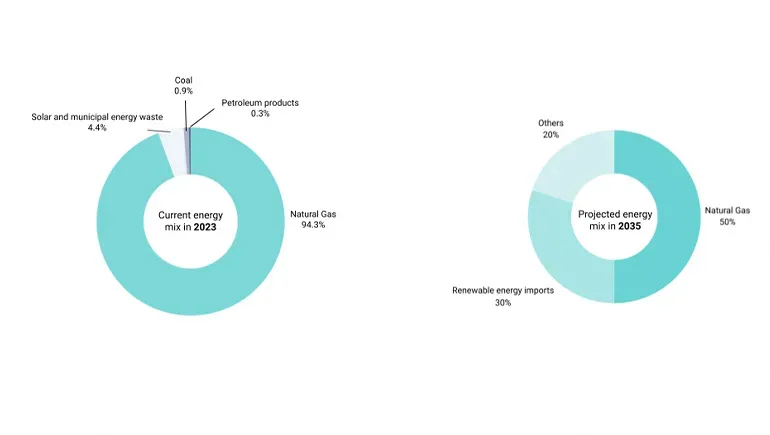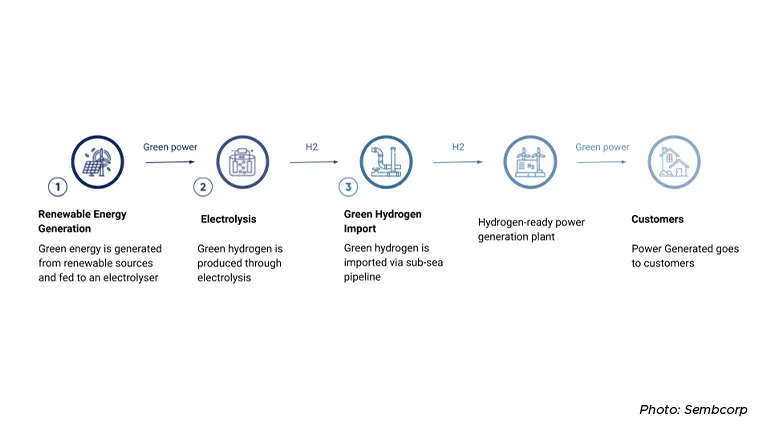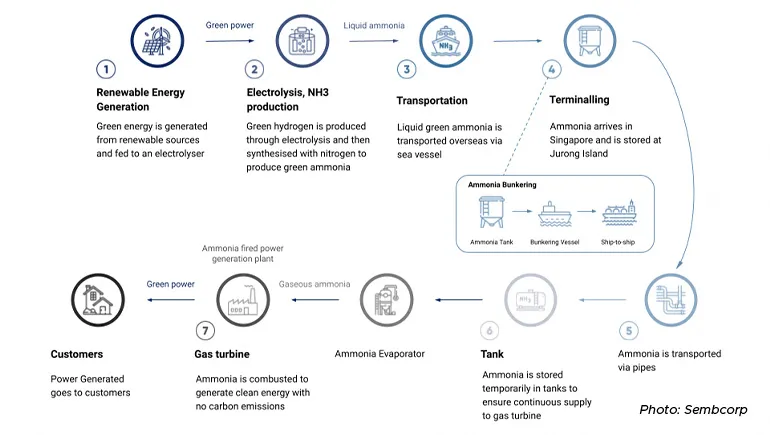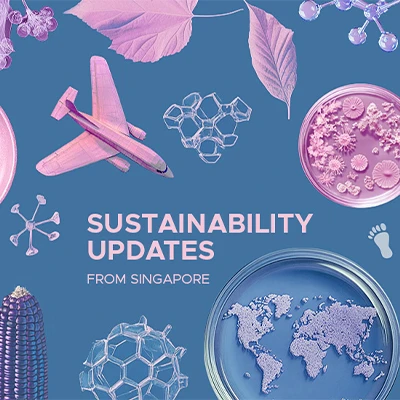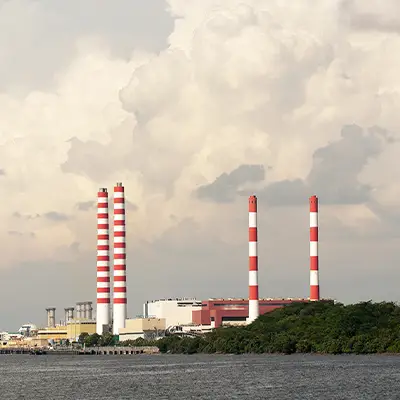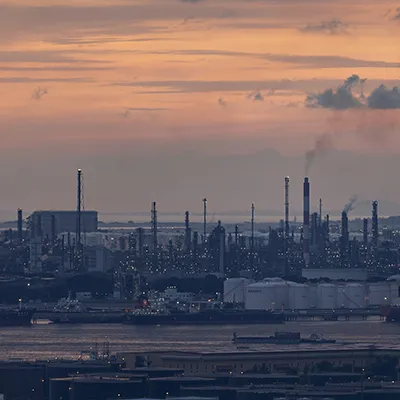Smart grids use digital technology, sensors and software to better match the supply and demand of electricity in real time, while minimising costs and maintaining the stability and reliability of the electricity grid.
By 2050, Singapore also hopes to have 50 per cent of its energy needs powered by “low-carbon” hydrogen.
But for that to happen, demand will have to grow to kick-start green hydrogen production at scale, the cost of hydrogen production must come down, and a greater international consensus must come about on the carrier for storing and transporting hydrogen, said HFCAS.
The organisation noted that some studies have estimated that the price of green hydrogen in Singapore could drop from US$12 (S$16.20) to $15 per kg today to US$3 to $5 per kg by 2050. This would likely make the price more competitive in comparison with the price of natural gas, which draws a tax on carbon.
By 2030, the carbon tax will be between US$50 and $80 per tonne. No plans have been made for the new tax rates from 2030.
Hopefully, by 2040 to 2050, most natural gas plants would be fully retrofitted to run fully on hydrogen, said the HFCAS spokesman.
Here are three scenarios outlining how Singapore could get to net zero by 2050
The most desired scenario would be where Singapore is able to rely on low-carbon hydrogen (40 per cent of electricity mix) and import electricity from multiple countries (another 40 per cent of electricity mix). Solar and geothermal energy would comprise about 20 per cent of the electricity mix.
In this scenario, countries rally together to tackle climate change, at the same time, technological advancements allow Singapore to decarbonise smoothly and achieve a diversified energy mix in 2050.
In a scenario where clean-tech energy developments stagnate, but countries still band together for climate action, a large portion of Singapore’s energy mix will still come from electricity imports (60 per cent).
These will likely be part of a regional grid, rather than bilateral energy trade, as this creates greater economic benefits and energy security for the region.
Hydrogen will form a smaller size of the pie (10 per cent of total electricity mix) and the Republic will still rely on some amount of natural gas, offset with carbon credits.
A third scenario is also possible, where the world is geopolitically fragmented, and development of technology accelerates closer to 2050.
Singapore makes proactive investments in new technologies to decarbonise, and low-carbon hydrogen becomes a key player, accounting for more than half of Singapore’s electricity mix.
Electricity imports are limited to only about 25 per cent due to slow development of regional partnerships. Building on earlier investments, Singapore deploys other low-carbon alternatives like nuclear.
Source: The Straits Times © SPH Media Limited. Permission required for reproduction.



